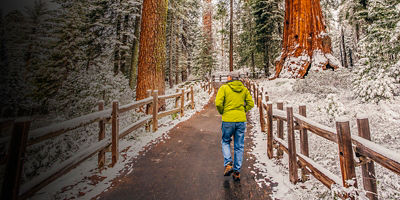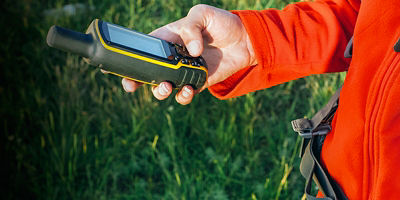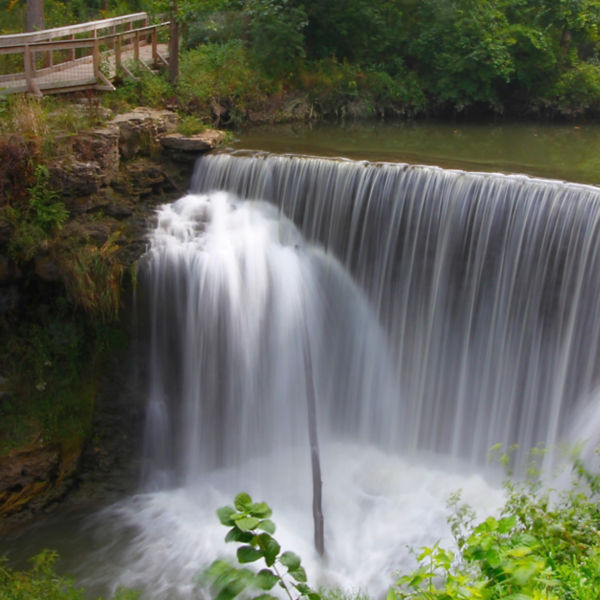
Yes, we love GPS technology too, but a phone app doesn’t mean you shouldn’t know how to read a topo map. A map won’t lose a signal or run out of power in the cold, and it won’t break if you drop it. Plus, unfolding and reading a large map can inspire new adventures in ways that a small screen can’t replicate. Here’s how to get started.
Get the Right Kind of Map
For backcountry travel, you want a Topographic map (topo for short). Topo maps have contour lines that show elevation, letting you “see” 3D terrain on 2D paper. They also display a wide range of natural and man-made features: all types of water (oceans, lakes, rivers, streams, springs, snowfields, and glaciers) and geographic features like valleys, ridges, and mountain summits. You’ll also find trails, paved and unpaved roads, railroads, and towns.
Here are the key features you need to understand to read a topo map:
Scale
Scale represents the relative distance of the map to real life, and it’s important for two reasons. First, it lets you calculate distances from one point to another. Second, it determines how much land is shown on the map.
So a scale of 1:24,000, for example, means that 1 inch on the map is equivalent to 24,000 inches (.38 mile) on the ground. That’s a great scale for showing detail, like gullies and small cliffs, and it’s commonly used for USGS topos. But the area shown is relatively small, so you might need more maps to cover the region you’re hiking. A scale of 1:63,000 would show less detail but more area. The right scale depends on your plans. Navigating off-trail? You want more detail. Hiking a well-marked trail system? A map that shows a larger area will be more efficient.
The scale on your map is displayed in the map legend. It usually shows the ratio of map inches to real ground distance, and the first number (map inches) is always 1. The legend will have a ruler-like graphic that converts an inch on the map to a distance you can visualize, like a mile. Use a ruler, compass edge, or string to calculate distances using this scale.
Legend
The legend tells you what’s on the map and where it came from. Here’s what you’ll most commonly see.
- Source data: This indicates when the map was made. Try to get the most recent version possible.
- Datum: You’ll use this if pairing a GPS unit with a paper map. The map datum is a mathematical model of the earth, and it’s important to enter the appropriate datum into a GPS unit so that GPS coordinates match the corresponding point on your map.
- Scale: Relative distance on the map.
- Contour interval: This is the change in elevation (often 40 feet) between each contour line.
- Declination: This is the difference between magnetic north and true north, which changes depending on where you are. You should account for this difference when following a compass bearing. It’s most important for staying on track when traveling off trail.
- Color key: Darker and lighter colors usually indicate the density of vegetation. Bodies of water are almost always blue.
- Symbol key: Here you’ll learn the map’s shorthand for all kinds of features, such as rivers and streams, trails, roads, railroads, campsites, shelters, historic sites, waterfalls, mines, marshes, glaciers, and more





















